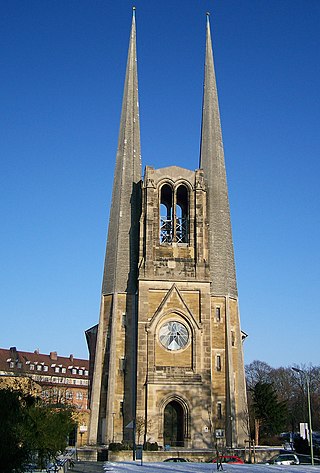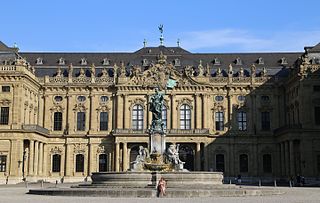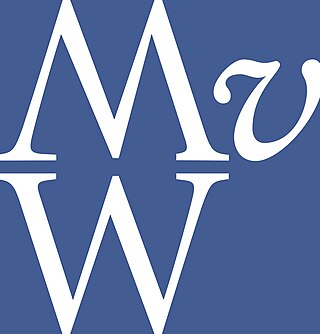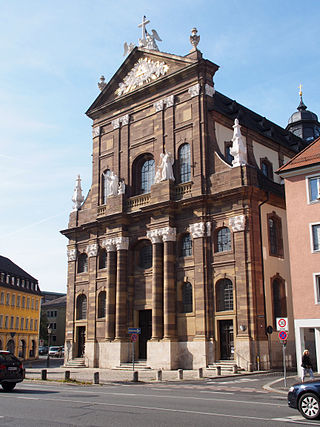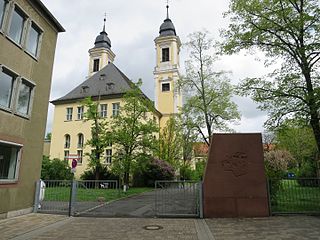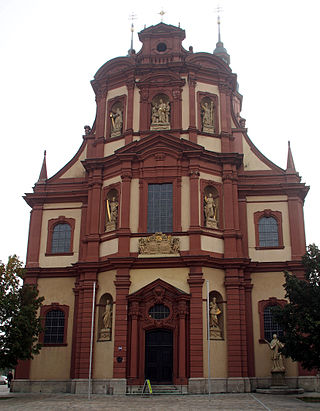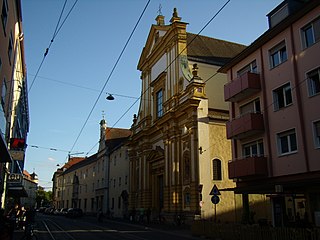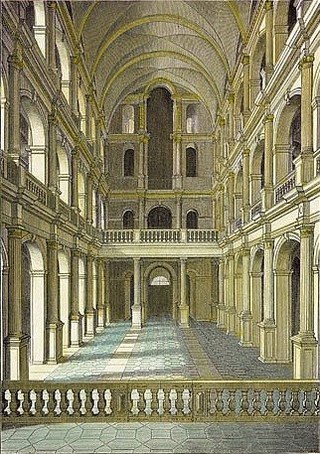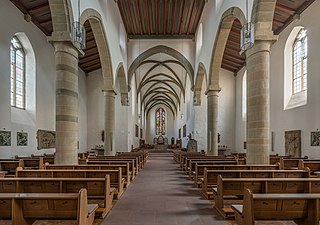Self-guided Sightseeing Tour #2 in Würzburg, Germany
Legend
Guided Free Walking Tours
Book free guided walking tours in Würzburg.
Guided Sightseeing Tours
Book guided sightseeing tours and activities in Würzburg.
Tour Facts
3.4 km
58 m
Experience Würzburg in Germany in a whole new way with our free self-guided sightseeing tour. This site not only offers you practical information and insider tips, but also a rich variety of activities and sights you shouldn't miss. Whether you love art and culture, want to explore historical sites or simply want to experience the vibrant atmosphere of a lively city - you'll find everything you need for your personal adventure here.
Activities in WürzburgIndividual Sights in WürzburgSight 1: Alfred Selig
The list of Stumbling Stones in Würzburg is divided into:List of Stumbling Stones in the Old Town of Würzburg List of stumbling stones in Würzburg-Äußere Pleich List of Stumbling Stones in Würzburg-Mainviertel List of stumbling stones in Würzburg-Rennweg List of Stumbling Stones in Würzburg-Frauenland List of Stumbling Stones in Würzburg-Grombühl List of Stumbling Stones in Würzburg-Heidingsfeld List of stumbling stones in Würzburg-Rottenbauer List of Stumbling Stones in Würzburg-Sanderau List of Stumbling Stones in Würzburg-Steinbachtal List of Stumbling Stones in Würzburg-Zellerau
Wikipedia: Liste der Stolpersteine in Würzburg (DE), Website
Sight 2: St. Johannis
The St. John's Church is the second Evangelical Lutheran parish church in Würzburg after St. Stephen's and at the same time the first to be built by the Protestant community itself. It was consecrated to John the Baptist on June 24, 1895. The church, which was rebuilt after destruction due to the war and reconsecrated in 1957, is located in Würzburg's city centre about 200 metres northeast of the Residenz at the junction of Hofstallstraße and Husarenstraße. Due to the road network, it is not exactly geostatic, but points to the northeast.
Sight 3: Frankoniabrunnen
The Frankonia Fountain is a monumental fountain on the Residenzplatz in Würzburg, Germany. It was created in 1894 by the architect Gabriel von Seidl and the sculptor Ferdinand von Miller in the neo-baroque style for the Prince Regent Luitpold of Bavaria.
Sight 4: Martin-von-Wagner-Museum
The Martin von Wagner Museum contains the art collection of the University of Würzburg and has been located in the south wing of the Würzburg Residence since 1963. It is among the largest university museums in Europe.
Sight 5: St. Michael
St. Michael is a Roman Catholic church in Würzburg, Germany.
Sight 6: Sankt Stephan
St. Stephan, also called Stephanskirche, has been the first longer existing Evangelical Church of Würzburg since 1803. It goes back to the monastery church of a Benedictine convention of St. Stephan, which was dissolved by secularization. A few years earlier, the old building of the monastery church was largely demolished in 1788/89 and a new building was built according to Johann Philipp Geigel plans. The old building with the associated monastery buildings goes back to 1014, namely to a former St. Peter and Paul college pencil, which was converted into a Benedictine monastery by Bishop Adalbero in 1057. After the transfer of relics of St. Stephanus, it was only named after this, while the name St. Peter and Paul was transferred to the new parish church. The monastery buildings were used profane after 1803, totally destroyed and removed in 1945. New buildings took up the government of Lower Franconia. The church was rebuilt in 1949–1955 as a flat hedged hall building, inaugurated in 1952 and is now the dean's church of Würzburg. In addition to the existing CVJM from 1963, institutions such as the Rudolf Alexander-Schröder-Haus, an Evangelical bookstore and a advice center of the Diakonie were created in addition to the existing CVJM, which made the place a Würzburg Evangelical Center.
Sight 7: Sankt Peter und Paul
St. Peter and Paul is a Catholic parish church in the historic centre of Würzburg and a parish in the Sanderau district and part of the parish community of Würzburg Innenstadt.
Sight 8: Karmelitenkirche
The Carmelite Church of St. Joseph and St. Mary Magdalene in Würzburg was built between 1662 and 1669 by Antonio Petrini. The cross-shaped baroque building with a well-structured façade is the monastery church of the Würzburg Carmelite monastery of St. Mary Magdalene. It was not until 1997 to 2001 that the church received new furnishings to replace the one that had been destroyed in the Second World War. It is still popularly referred to today as the Reuererkirche.
Wikipedia: St. Joseph und St. Maria Magdalena (Würzburg) (DE), Website
Sight 9: Neubaukirche
The Neubaukirche is a former university church and profaned Renaissance church in Würzburg, which today serves as an auditorium for the University of Würzburg. It is considered one of the most important church buildings of the Renaissance north of the Alps. Construction began in 1583 by master builder Georg Robin and was completed in 1696 to 1704 by Antonio Petrini and Joseph Greissing, who mainly rebuilt the upper tower floors, including the dome and lantern. After severe damage in the Second World War, the new church was rebuilt between 1970 and 1985.
Sight 10: Franziskanerkirche Hl. Kreuz
The Franciscan Church is a Catholic church building in Würzburg of the Franciscan Minorite Monastery of Würzburg. The monastery church of the Franciscan Order is located in the city center between Franziskanergasse and Franziskanerplatz.
Sight 11: Alte Mainbrücke
Get Ticket*The Old Main Bridge is the oldest bridge over the Main in Würzburg and a landmark of the city. The construction, which began in the 15th century, was Würzburg's only river crossing until 1886. The bridge, part of the East-West Passage, connects the old town on the right bank of the Main with the Marienberg Fortress opposite at kilometre 252.32 on the Main. It is used by pedestrian and bicycle traffic. With its stone figures that characterise the cityscape, the Old Main Bridge in the 18th century, like Prague's Charles Bridge, continued a tradition begun in Rome with the Angel Bridge.
Share
How likely are you to recommend us?
Disclaimer Please be aware of your surroundings and do not enter private property. We are not liable for any damages that occur during the tours.
GPX-Download For navigation apps and GPS devices you can download the tour as a GPX file.
